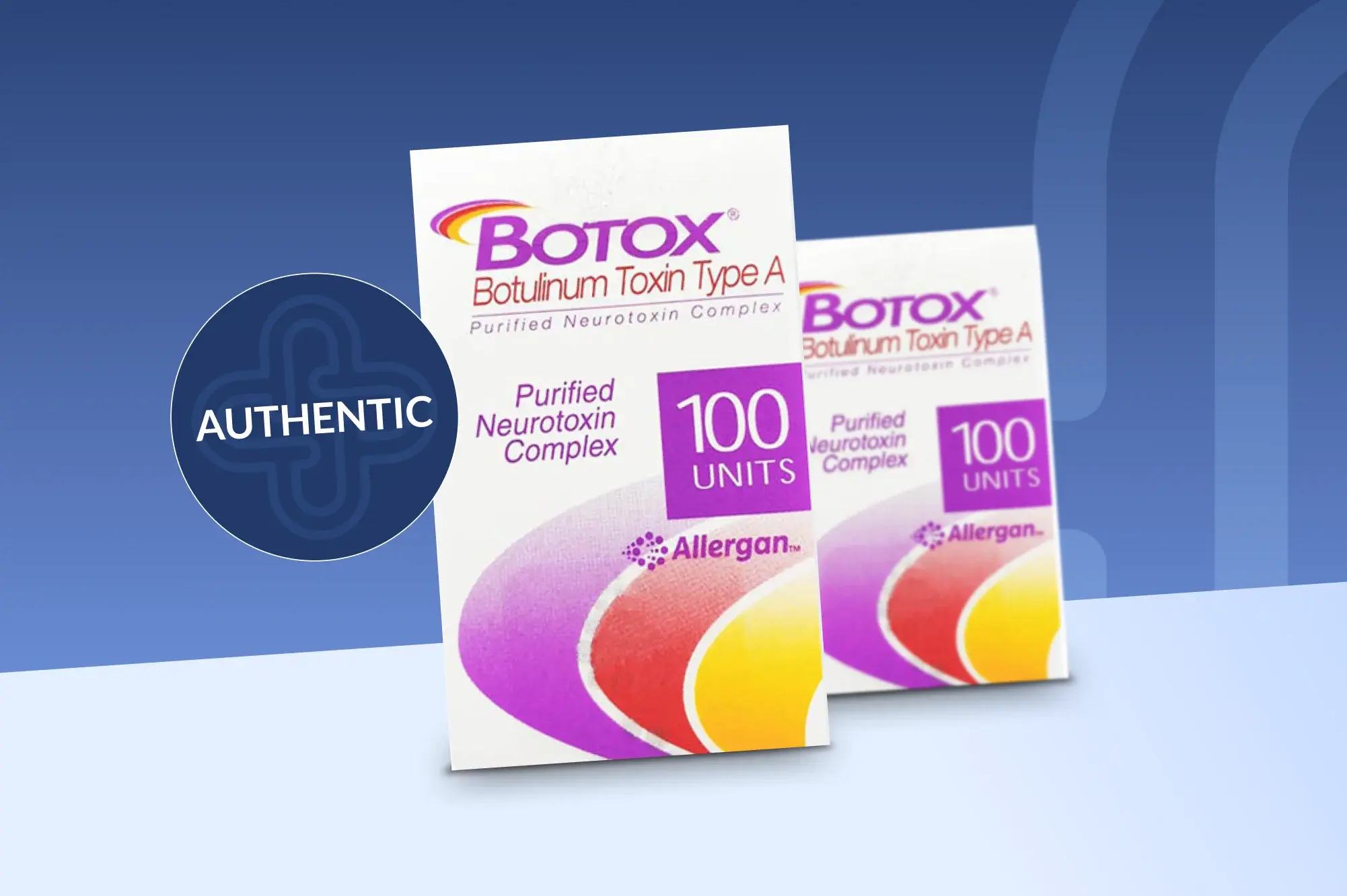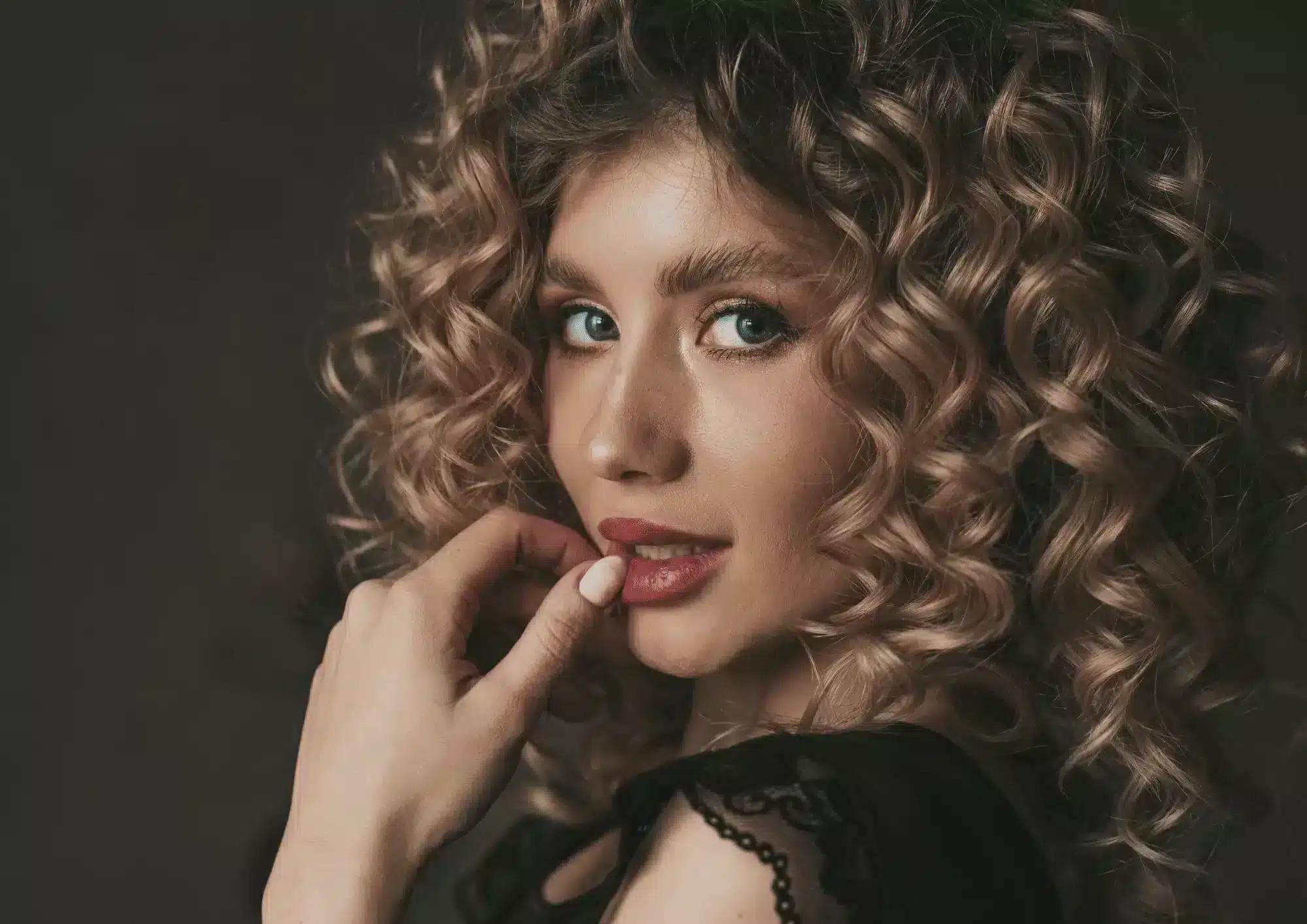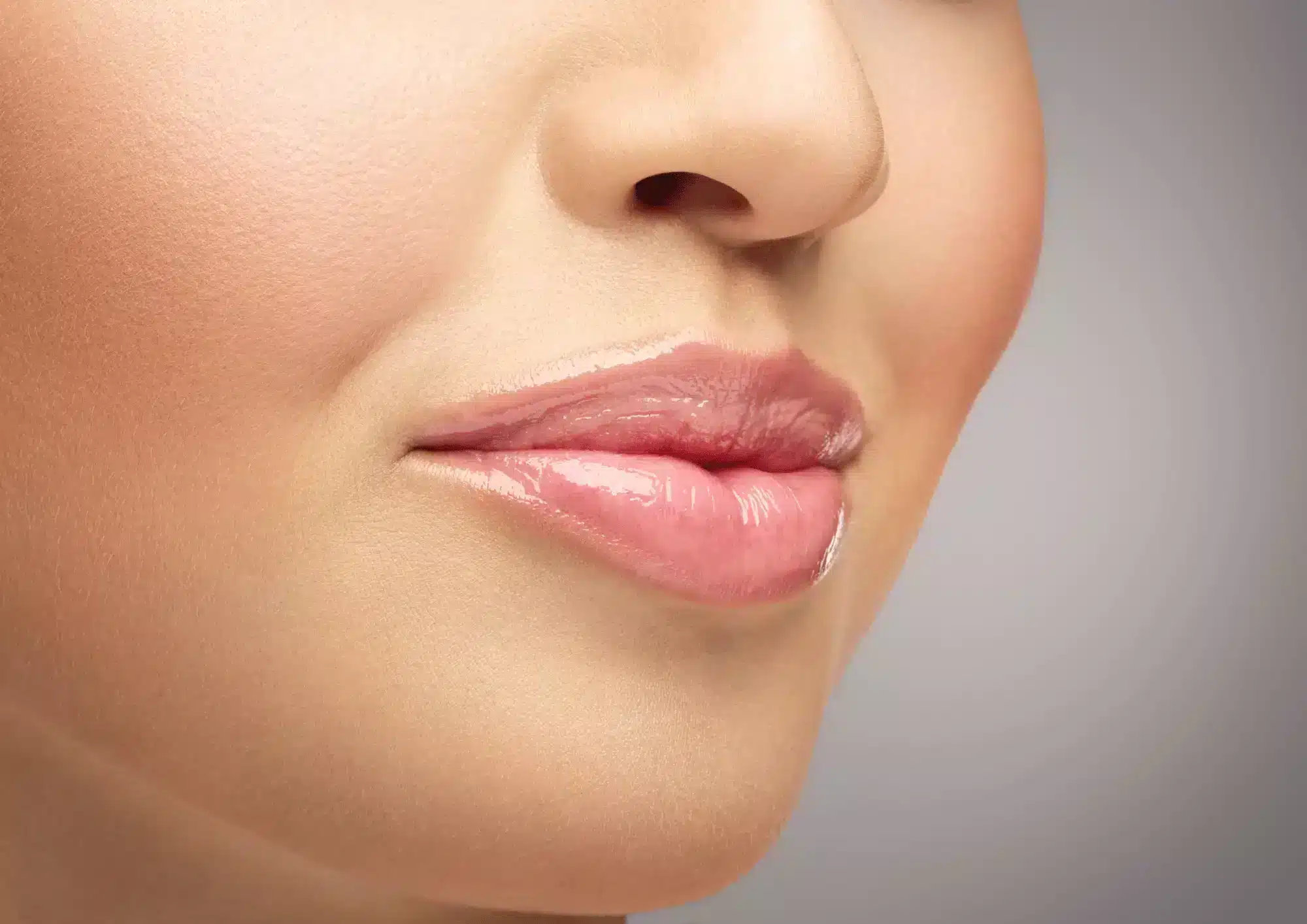There are a number of factors that contribute to the development of wrinkles. The most obvious factor is, of course, aging. As the body ages it slows down production of a lot of proteins and other substances that contribute to a strong support system within the skin. Collagen, elastin, and hyaluronic acid, which each contribute to the firmness, elasticity, and hydration of the skin becomes less ubiquitous. This leads to the skin becoming duller, looser, and sagging, ultimately leading to lines and wrinkles. While age is a huge factor in this, there are also things that can speed up the degradation of these important substances within the skin and making wrinkles appear prematurely, or worsening their appearance. Sun exposure, lack of water, poor diet habits, pollution, and lifestyle habits such as smoking, can also cause or exacerbate wrinkles.
Types of wrinkles
Though all wrinkles may appear the same, there are actually distinct types. Understanding the difference between wrinkles is essential in understanding how to treat and prevent them, as they are generally categorized by the way they are created. For many years, it was though that there were only two different kinds of wrinkles, dynamic wrinkles and static wrinkles, though we now know that there are different types within these categories. Dynamic wrinkles are the lines and creases that are caused due to repeated facial movements during the expressions we make. When we’re young and our skin is healthy, these lines appear when we make certain expressions—such as frowns or smiles. However, these lines begin to linger and then become permanent as those essential substances begin to decrease within the skin. Some examples of dynamic wrinkles include crow’s feet, the vertical creases between the brows, and the horizontal lines in the forehead. Static wrinkles can appear anywhere within the skin and face and are a product of gravity. As the skin loses plumpness, the skin sags and creates folds and wrinkles. They typically appear in parallel lines and can develop around the lips, cheeks, neck, and chest.
There are 5 other types of wrinkles, most of which can be separated into the categories of dynamic and static wrinkles.
1. Atrophic wrinkles
This type of wrinkles can be categorized as a static wrinkle and describes a group of wrinkles in areas where the skin has wrinkled. As the name suggests, their appearance could be described as crinkles and they typically run in fine lines parallel to each other. An easy way to identify atrophic crinkling rhytids is the stretch the skin where they appear to see if the crinkles disappear. The wrinkles are caused by the loss of collagen and elastin and will therefore go away if the skin is stretched.
2. Dry wrinkles
These wrinkles appear most commonly on the forehead and chest and are dry, thin wrinkles that run in parallel lines. They develop due to a lack of moisture that is the result of the epidermal glands, which secret oil, becoming less active. This is another step in the process of aging and affects the skin because it is harder to stay hydrated when there is not enough oil present.
3. Elastic creases
This type of wrinkle is caused by a combination of years of repeated crease lines appearing in the skin and the loss of collagen. They most often appear in the cheeks and upper lip area, or appear as horizontal lines at the base of the neck. Sun exposure can exacerbate the appearance of these lines, and any other environmental factors that disturb the production of collagen, such as smoking, also contribute to the appearance of these wrinkles.
4. Dynamic expression lines
As the name suggests, these lines are caused by the facial expressions that we make. Expressions that are known for causing wrinkles to appear include frowning, smiling, squinting, pursing the mouth, or expressions that show sock or concern. When the skin is young and healthy, these lines are temporary and only appear when the expressions is being made of the facial muscles are moving. However, as skin loses firmness and density, then they begin to linger until they become permanent.
5. Gravitational folds
As the name implies, this type of wrinkle is caused by gravity. When the skin begins to sag due to age or other factors that contribute to loss of volume, such as weight loss, then these creases and folds become more prominent and permanent. The most common of these folds are nasolabial folds, which are the lines that appear from the corner of the nose and connect down to the corners of the mouth. Marionette lines are also a common kind of gravitational fold, and appear at the corner of the mouth and go down to the chin.
How to prevent wrinkles
Though some wrinkles, such as gravitational folds, are pretty much inevitable unless you’ve won the genetic lottery, there are ways to prevent or delay the appearance of most wrinkles. It’s always important to get an early start at wrinkle prevention, as preventing lines from appearing is always easier than trying to reverse them once they’ve settled into your skin. The best ways to prevent wrinkles is to pay close attention to your skin and sun care routine. Sun exposure is very harmful to the skin, so always be sure to wear a high SPF sun block. Additionally, ingredients such as vitamin A, Retin-A, and AHA or BHA can all help keep your skin producing the important nutrients that keep it looking firm and youthful. A healthy diet that includes drinking a lot of water and fats like omega-3 fatty acids can also keep the skin looking healthy for longer.
Best ways to get rid of wrinkles
If you’re already starting to see the effects of age in your skin, then it may be time to take some more permanent measures. Chemical peels and makes, thread treatments, and creams can all help diminish the appearance of lines and wrinkles while also helping further damage from occurring to the skin. Botox and dermal fillers such as Belotero are also great treatment options to reverse the signs of aging. Botox is a great treatment for dynamic wrinkles, as it paralyzes the muscles that cause wrinkles to appear, effectively smoothing them out. Dermal fillers are available with a number of ingredients, though hyaluronic acid fillers are becoming increasingly popular. Hyaluronic acid fillers plump up the skin by adding volume to depressions in skin while also providing much needed hydration, effectively smoothing out all kinds of wrinkles.









